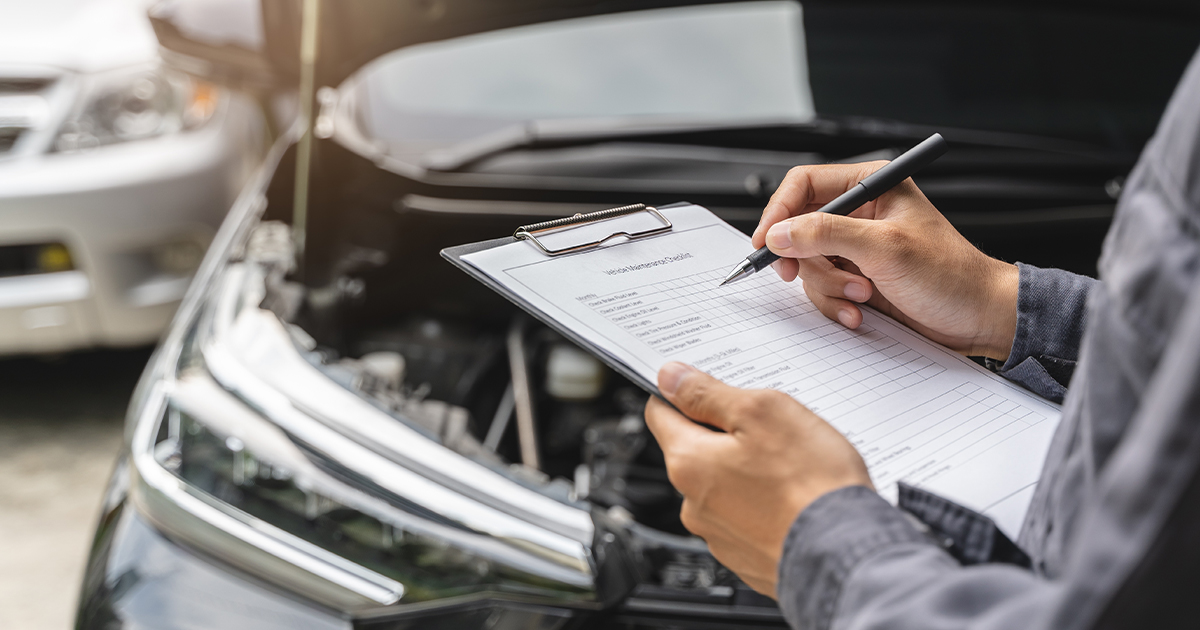Why Did My Rate Go Up If I Didn’t Cause the Accident?
That’s a frustrating question — and you’re not alone in asking it. It feels unfair to pay more when someone else hit you. But auto insurance is more complicated than just who caused what. Let’s break it all down.

The Short Answer: It’s All About Risk
Even if you weren’t at fault, insurers might still consider you a higher risk. That doesn’t mean they’re blaming you — it just means their formulas say you're statistically more likely to file another claim in the future.
Yes, It Still Happens to Good Drivers
We’re taught that "not at fault" equals “no consequences,” but that’s not how most insurance models work. In reality, any claim — fault or not — can affect your risk profile, and that can affect your rate.
Insurance Rates Are Based on Statistics, Not Morals
Insurers don’t raise your rate because they think you’re a bad person or careless. They’re looking at data. If drivers who’ve had any accident (even not-at-fault ones) are more likely to file again, your rate may reflect that risk.
What Insurers Really Look At
They consider your driving history, where you live, your age, what car you drive, and — yes — any claims filed. They also analyze millions of similar driver records to calculate how risky you are to insure.
Claims Can Trigger a Review
If someone hits your car and you file a claim (even just for repairs), your insurer will log that info. That can cause a review of your policy, especially if it’s your second or third claim in a short span.
It Depends Where You Live
Some states have laws preventing insurers from raising rates for not-at-fault claims — like California and Oklahoma. But in many other states, insurers are allowed to raise your rates even if you weren’t to blame.
How They Define “Not At Fault”
This part gets tricky. Sometimes insurers disagree with police reports or driver statements. If there's even a little gray area, they might count the accident as partially your fault. That can definitely raise your premium.
The “Surcharge” System
Insurers often apply surcharges after accidents — basically, small penalties added to your premium. These can last 3 to 5 years. Even if you weren’t at fault, some companies still apply a reduced surcharge, especially if you filed a claim.
If You Filed a Claim, You’re More Likely to Be Affected
If the other driver paid for everything through their insurance and you didn’t file anything, you might be safe. But if you filed a claim, even just for repairs or a rental car, it’s likely your insurer logged that as a risk factor.
The Other Driver’s Insurance Still Matters
If the other driver was uninsured or underinsured, your insurer might’ve had to pay. When they pay out, your risk score goes up, even if you did nothing wrong. That payout still triggers a possible premium change.
Insurance Is a Business
This part stings — but insurers are protecting their bottom line. If their data says not-at-fault drivers are still risky customers, they’ll adjust rates to stay profitable. That doesn’t mean it’s fair — just that it’s legal and common.
It’s Not Just the Accident — It’s the Pattern
A single not-at-fault accident might only cause a small bump. But multiple incidents, even if none were your fault, can create a pattern that raises flags. To the insurer, frequent claims = higher risk = higher rates.
Comprehensive Claims Count Too
It’s not just collisions. Claims for things like hail damage, theft, or vandalism also raise your risk profile. If you've had more than one type of claim recently, your insurer might view you as high-maintenance, even if none were your fault.
How to Find Out Why It Went Up
You can (and should) call your insurer and ask exactly why your premium increased. They’re required to tell you which factors changed. Sometimes, it’s not the accident — it could be things like rising repair costs or regional claim trends.
You May Be Eligible for Accident Forgiveness
Some insurers offer accident forgiveness — meaning your rate won’t go up after your first accident. It usually applies to at-fault crashes, but some plans also apply it to not-at-fault incidents if you’ve been claim-free for years.
Every Insurance Company Is Different
Some insurers raise rates for not-at-fault claims, others don’t. Some offer better loyalty rewards, while others penalize multiple small claims. It’s always worth comparing policies — your best bet might be a switch to a more lenient company.
Shop Around If It Feels Unfair
Just because your current insurer raised your rate doesn’t mean you’re stuck. Get quotes from other companies. Many will overlook a single not-at-fault claim, especially if your overall record is clean.
Consider a Higher Deductible
Raising your deductible (what you pay before insurance kicks in) can lower your monthly premium. It’s a way to take back a little control over the cost — but only do this if you have emergency savings set aside.
Bundle Your Policies to Save
You can often lower your rate by bundling your car insurance with renters, homeowners, or even life insurance. Loyalty discounts and multi-policy packages can offset the increase from a single accident.
Ask About Discounts
Many insurers offer safe driver discounts, low mileage discounts, or good student perks. If your rate went up, look for other ways to bring it back down — it’s not all about the accident.
You’re Not Alone
This happens to millions of people every year — and you didn’t do anything wrong. It feels unfair because it kind of is. But now that you understand how it works, you’re in a better spot to shop smart and protect yourself next time.
You May Also Like:
My hybrid battery is dying and costs thousands to replace. Should I just buy a new car?
Ranking Toyota's Top Performers, According to J.D. Power




























